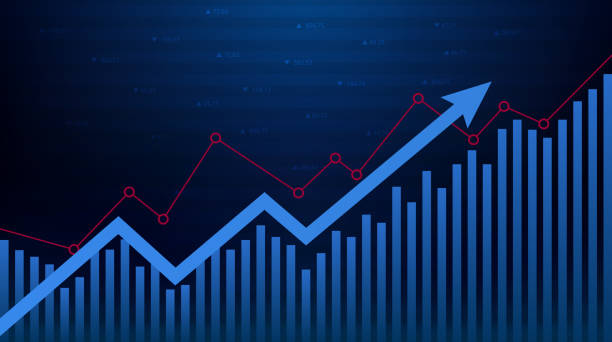The rapid reopening of China’s economy, plunging European gas prices and cooling U.S. inflation suggest a global recession may not be as deep and protracted as feared just weeks ago.
Yes, warning signals are still flashing as last year’s surge in inflation and interest rates bites, but a strong rally in world markets suggest optimism is returning.
The International Monetary Fund raised its 2023 global growth outlook and a painful euro area recession that was once seen as all-but-certain is less of a concern. Citi sees a 30% chance of a global recession this year, down from 50% in the second half of last year.
“The earlier worries of a recession being baked into the cake have been dialled back and that is positive for risky assets,” said Rabobank’s head of rates strategy Richard McGuire.
Here’s what some closely-watched market indicators say about recession risks.
1/ GOLDILOCKS
MSCI’s World Stock Index is up 8% so far this year and the risk premium on junk bonds, or sub-investment grade debt, is at its lowest since the second quarter of 2022.
That’s propelled by the so-called Goldilocks view that the global economy will cool just enough to quell inflation, but not so much that earnings will collapse.
Corporate earnings are expected to improve from last year’s low base as inflation recedes.
Excluding volatile energy companies, MSCI world-listed companies’ earnings per share growth is expected to rise to 4.2% this year, from 1.8% expected for 2022, according to Barclays, then to 9.3% in 2024.
But rallying stocks do not mean the world will escape a recession, rather that China’s post-COVID economic reopening should limit the downturn. MSCI’s index is still down 14% from its January 2022 peak.
2/ LAYOFFS
Some of the world’s largest companies including Meta, IBM and Amazon are cutting thousands of jobs.
But many of the layoffs are from beaten down tech firms that hired aggressively during the pandemic, Goldman Sachs economist Ronnie Walker notes.
“These characteristics suggest that the companies conducting layoffs are not representative of the broader economy,” Walker said.
Indeed, U.S. jobs growth accelerated sharply in January while the unemployment rate hit its lowest in more than 53 years. Job creation in 2022 was also much stronger than previously estimated, prompting hawkish comments from Fed chair Jerome Powell.
3/ DR. COPPER
Dubbed “Dr Copper” for its track record as a boom-bust indicator, the metal is up around 8% this year to around $9,005 a tonne as China’s economy re-opens.
Copper has also seen its price ratio to gold rise sharply from January’s three-month lows. If investors buy copper and dump gold, they are not too alarmed about the outlook.
But copper prices have pulled back recently, reflecting some caution as investors reassess expectations for the speed and scale of China’s rebound.
4/ HARD DATA, SOFT DATA
Euro zone business activity made a surprise return to growth in January and Chinese growth has slowed less than expected.
Global data is delivering positive surprises at the highest rate since May, Citi’s index shows
Most economists still expect a U.S. recession, but businesses and some banks have cut the probability of one.
Others note that future growth indicators such as manufacturing activity, housing market data and consumer confidence remain bleak.
“A lot of leading indicators and surveys look quite abysmal at face value, although many of them are stabilizing or even bouncing back,” said Patrick Saner, head of macro strategy at Swiss Re. “In the context of inflation, though, core services is what matters and that is underpinned by a still very strong labor market that isn’t showing many signs of slowing.”
5/ OUTLIER
Not everyone shares the rosy view, with bond markets still braced for recession.
U.S., German and other government bond yield curves are deeply inverted, meaning short-dated borrowing costs are much higher than long-dated ones.
Historically, that’s been a reliable sign that recession is coming. Both the two-year/10-year and the three-month/10-year yield curves are at their most inverted since the early 1980s.
Traders, meanwhile, bet the Fed will hike rates to 5%-5.25% then deliver at least one rate cut by year-end.
And economists polled by Reuters forecast global growth would barely clear 2% this year, a level associated with significant downturns historically, and flagged the risk that it could be even slower.
Source: Hellenic Shipping News






